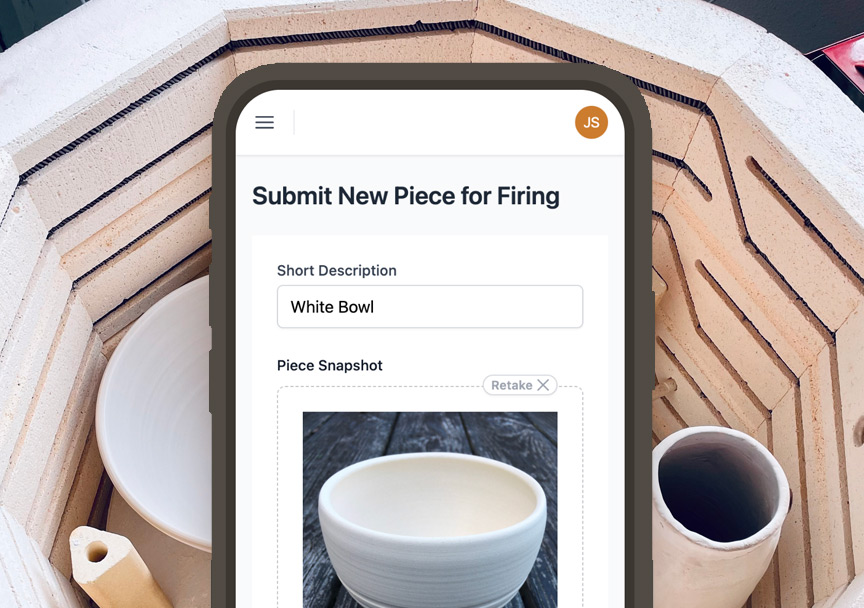When first starting out in pottery and ceramics, it’s easy to underestimate just how long the firing process takes from start to finish. Unlike quick small projects, firing clay into durable, usable ceramic requires extended stays inside the kiln to allow the necessary chemical transformations to occur fully.
Rushing the firing stages risks under-fired or defective results. Being well-prepared with realistic time expectations helps ensure you allot sufficient time in your studio schedule for thorough firing.
Here we will look at estimated durations for common firing types based on the kiln scale:
Bisque Firing Duration
The initial bisque firing phase converts raw, fragile clay into a stable porous ceramic suitable for applying glazes and decorations. A bisque firing must heat gradually and hold at temperature to complete the dehydration process without shocking and cracking the ware.
For properly bisque firing bare clay pieces without glaze:
- Small tabletop kilns: 6-12 hours total
- Medium hobby kilns: 8-16 hours
- Large production kilns: 12-24 hours
Bisque firing duration highly depends on the ramp rate, with slower ramps taking longer to complete an entire cycle. But slow, patient bisque firing is essential for avoiding defects.
Earthenware Firing Time
After bisque firing, earthenware clay bodies are typically fired to maturity at temperatures ranging from Cone 06 to Cone 02 (1922°F - 1945°F).
Standard firing times for various kiln sizes are:
- Small earthenware kilns: 8-12 hours
- Medium earthenware kilns: 10-18 hours
- Large earthenware kilns: 14-24 hours
The lower density earthenware clay requires slightly less time at peak temperature than stoneware or porcelain to fully mature.
Stoneware Firing Duration
Vitrifying stoneware clay bodies fully requires higher kiln temperatures spanning approximately Cone 6 to Cone 10 (2165°F - 2381°F). For stoneware clays, typical firing durations are:
- Small stoneware kilns: 10-14 hours
- Medium stoneware kilns: 12-20 hours
- Large stoneware kilns: 18-26 hours
The extended time ensures the dense stoneware clay soaks up enough heat all the way through while gassing off any trapped air pockets.
Porcelain Firing Time
Porcelain clays demand the highest kiln firing temperatures ranging from Cone 8 to Cone 10 (2300°F - 2381°F) to develop their signature hardness and translucency. To mature porcelain, plan firing times around:
- Small porcelain kilns: 12-16 hours
- Medium porcelain kilns: 16-24 hours
- Large porcelain kilns: 20-28 hours
The ultra-high vitrification process that porcelain requires explains the substantial firing time needed even in small hobby kilns.
Glaze Firing Duration
For the final firing stage that sets glazes and bonds them to bisqueware, typical glaze firing times are:
- Small glaze kilns: 4-8 hours
- Medium glaze kilns: 6-12 hours
- Large glaze kilns: 8-16 hours
Since bisque firing has matured the clay body, less peak hold time is required in glaze firing.
Always budget extra hours for the cooling process based on kiln size and fully unloading before starting timing estimates. Cooling is often overlooked but just as critical as the heating stages.
With realistic expectations set for the hours and days firing clay may take up based on your equipment, you can plan studio projects accordingly. Rushing anything during firing risks irreversible defects, so proper patience truly pays off!


